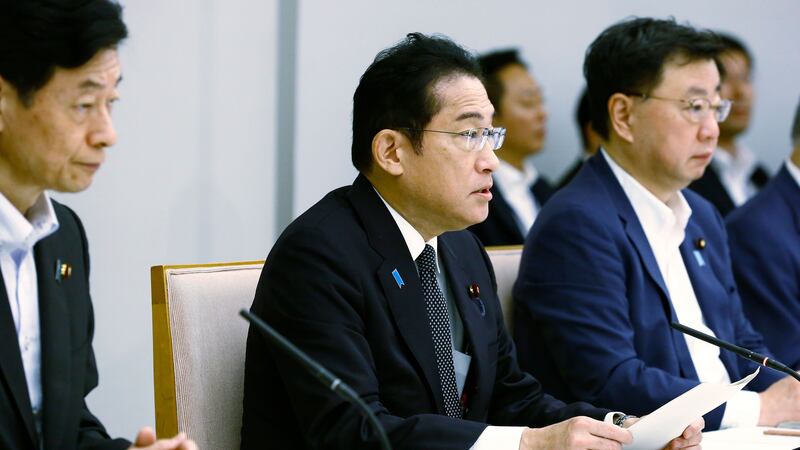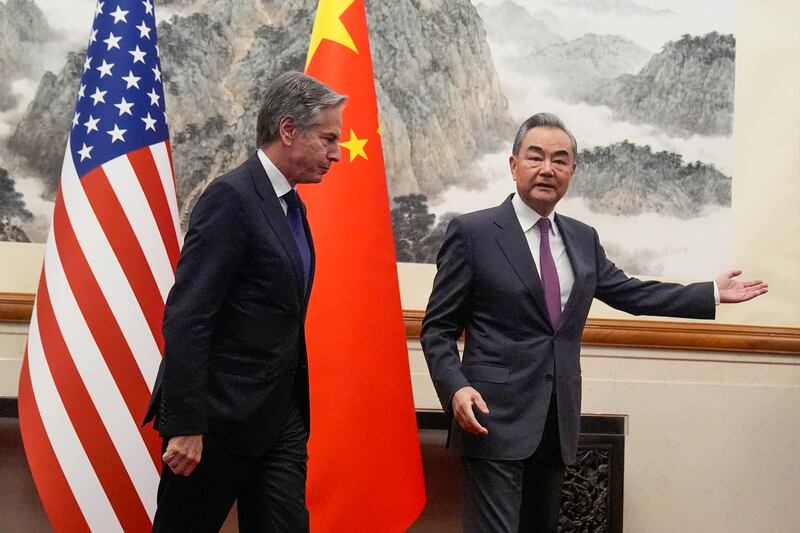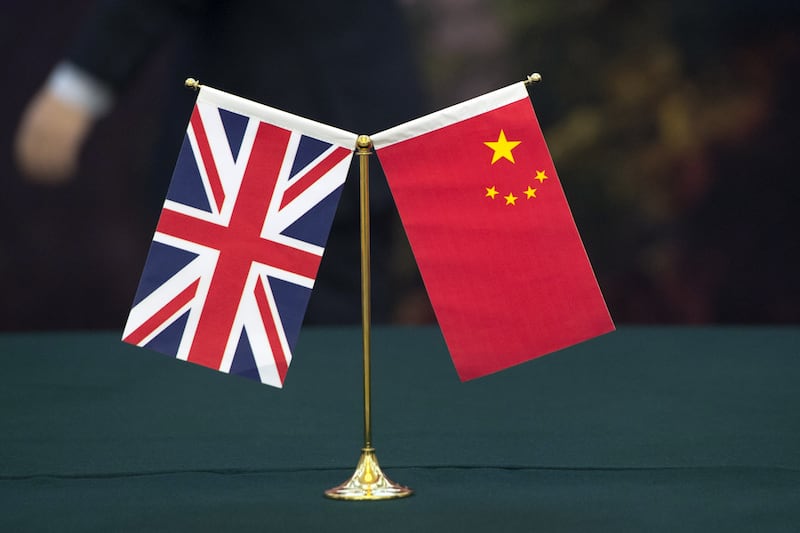Japan is to start releasing treated and diluted radioactive wastewater from the Fukushima Daiichi nuclear plant into the Pacific Ocean as early as Thursday – a controversial step which the government says is essential for the decades of work needed to shut down the facility that suffered reactor meltdowns 12 years ago.
Prime Minister Fumio Kishida gave the final go-ahead at a meeting of Cabinet ministers involved in the plan on Tuesday and instructed the operator, Tokyo Electric Power Company Holdings (Tepco), to be ready to start the coastal release on Thursday if weather and sea conditions permit.
Mr Kishida said at the meeting that the release of the water is essential for the progress of the plant decommissioning and Fukushima prefecture’s recovery from the March 2011 disaster.
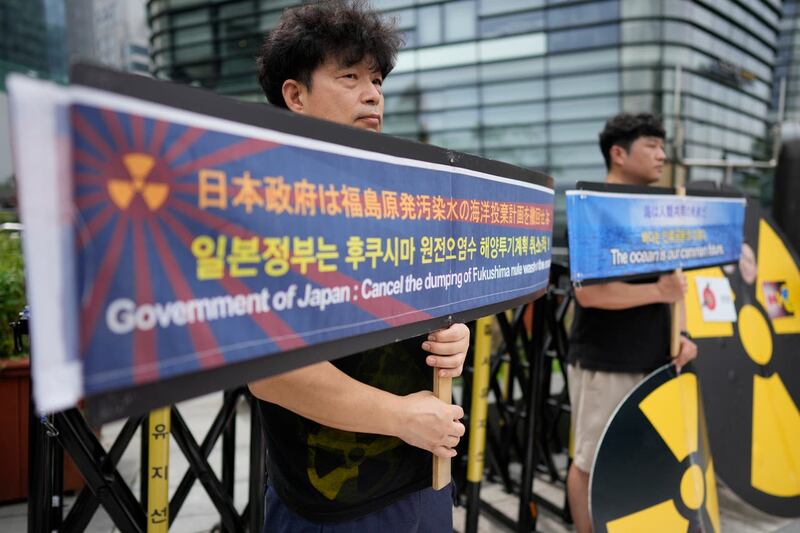
He said the government has done everything for now to ensure the plan’s safety, protect the reputation of Japan’s fishing industry and clearly explain the scientific basis to gain understanding in and outside the country.
He pledged that the government will continue those efforts until the end of the release and decommissioning, which will take decades.
“The government will take responsibility until the disposal of Alps (advanced liquid processing system) treated water is completed, even if it takes several decades,” he said.
A massive earthquake and tsunami destroyed the Fukushima Daiichi plant’s cooling systems on March 11 2011, causing three of its reactors to melt and contaminating their cooling water.
The water, now amounting to 1.34 million tons, is collected, filtered and stored in about 1,000 tanks, which fill much of the plant’s grounds and will reach their capacity in early 2024.
The release of the treated wastewater has faced strong opposition from Japanese fishing organisations, which worry about further damage to the reputation of their seafood as they struggle to recover from the nuclear disaster.
Groups in South Korea and China have also raised concerns, turning it into a political and diplomatic issue.
The government and Tepco say the water must be removed to make room for the plant’s decommissioning and to prevent accidental leaks from the tanks.
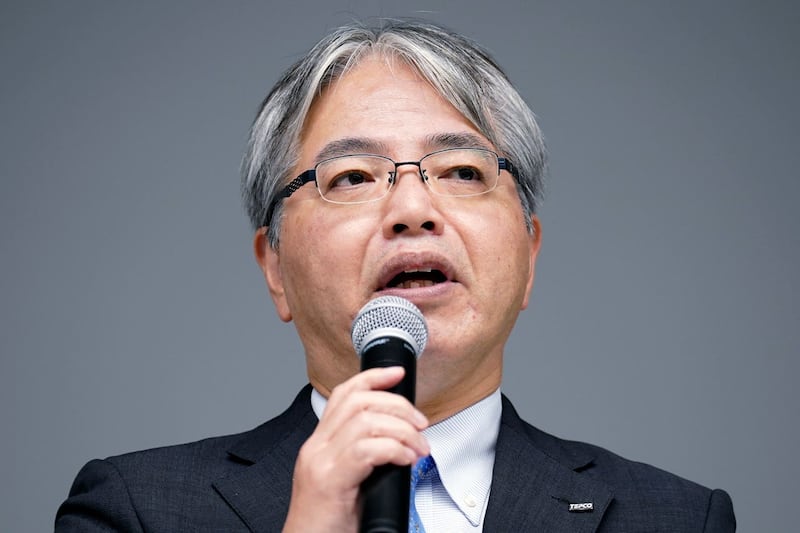
Junichi Matsumoto, the Tepco executive in charge of the water release, said in an interview with the Associated Press last month that the water release marks “a milestone”, but is still only an initial step in a daunting decommissioning process.
The government and Tepco say the water will be treated and then diluted with seawater to levels safer than international standards.
Tepco plans to release 7,800 tons of treated water in the 17-day first round of the release, Mr Matsumoto said.
Tepco plans to release 31,200 tons of the treated water by the end of March 2024, which would empty only 10 tanks at the site. The pace will pick up later.
The seawater and marine life will be tested and the results will be disclosed on government and Tepco websites.
The International Atomic Energy Agency (IAEA) concluded in a final report in July that the release, if carried out as designed, will have a negligible impact on the environment and human health.
After taking into account possible bioconcentration of low-dose radionuclides that still remain in the water, the environmental and health impact is still negligible, Tepco officials said.
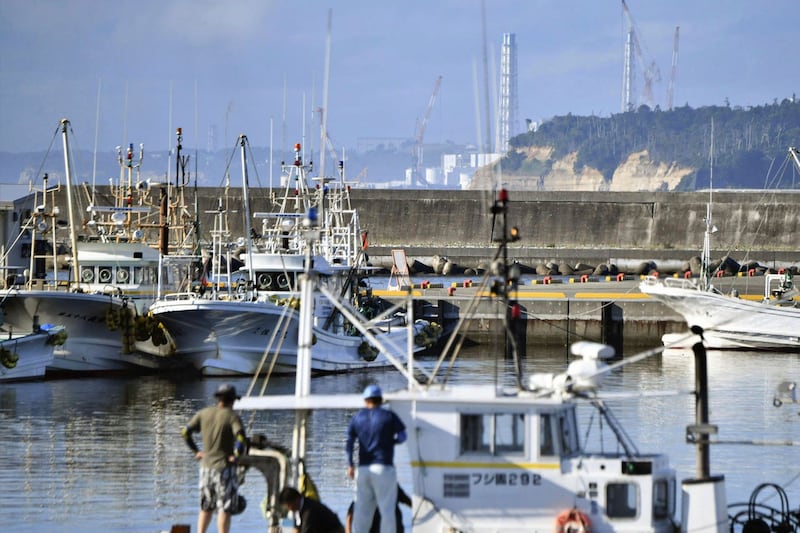
Scientists generally support the IAEA view, but some say long-term effects of the low-dose radioactivity that remains in the water need attention.
Mr Kishida’s government has stepped up outreach efforts to explain the plan to neighbouring countries, especially South Korea, to stop the issue interfering with their relationship.
The prime minister said the effort has made progress and the international society is largely responding calmly to the plan.
Nevertheless, Hong Kong has said it will suspend exports from Fukushima and nine other prefectures if Japan goes ahead with the plan, while China has stepped up radiation testing on Japanese fisheries products, delaying customs clearance.
Tepco said it is working towards accepting applications for damages caused by China’s export restrictions on Japanese seafood.
